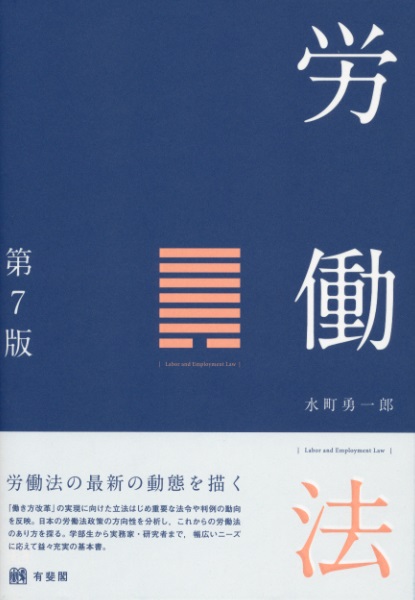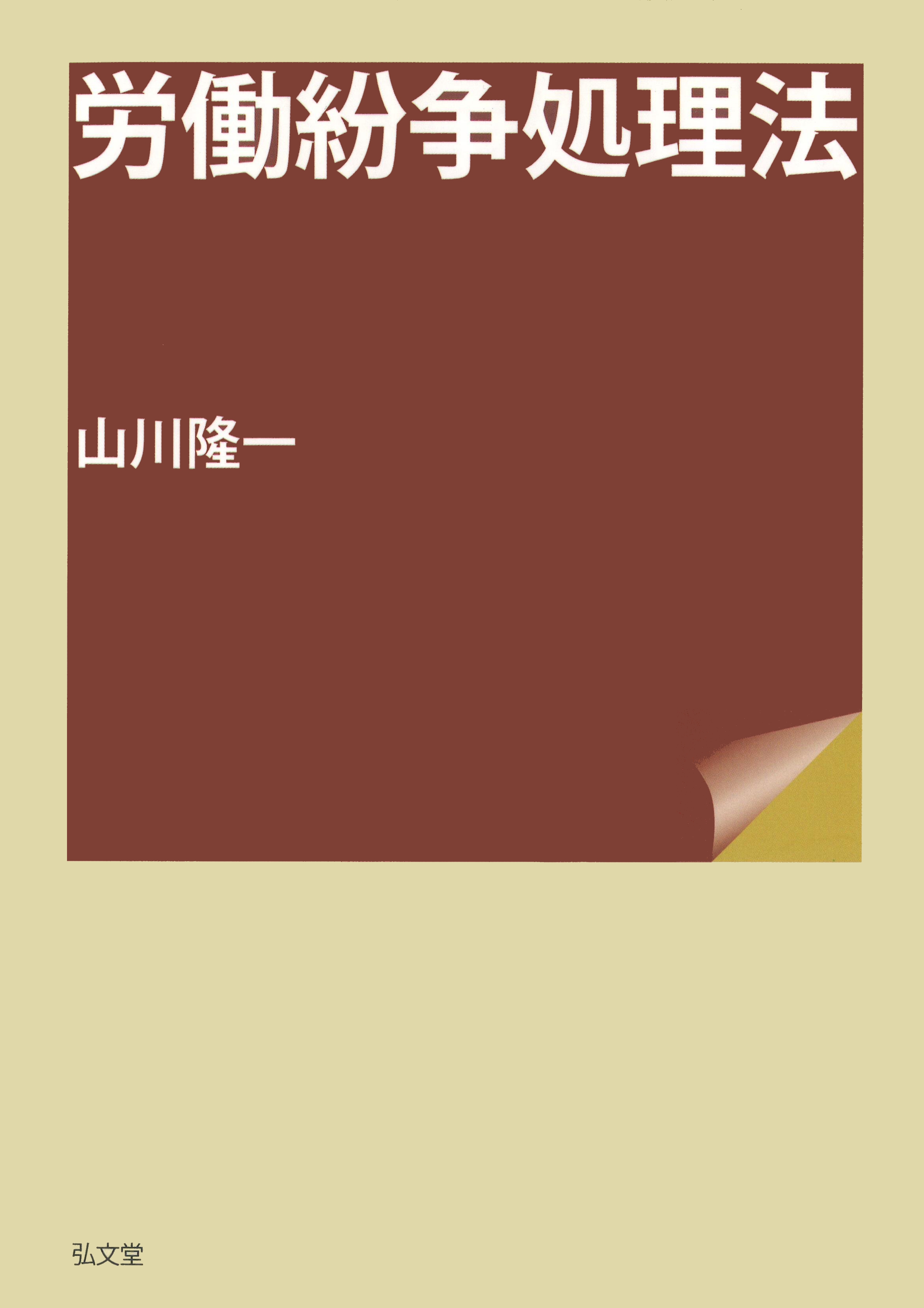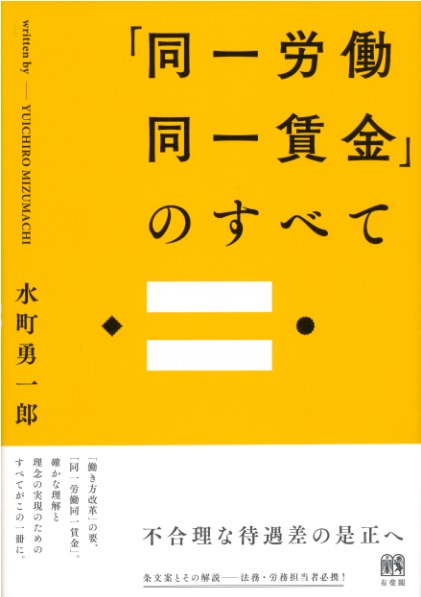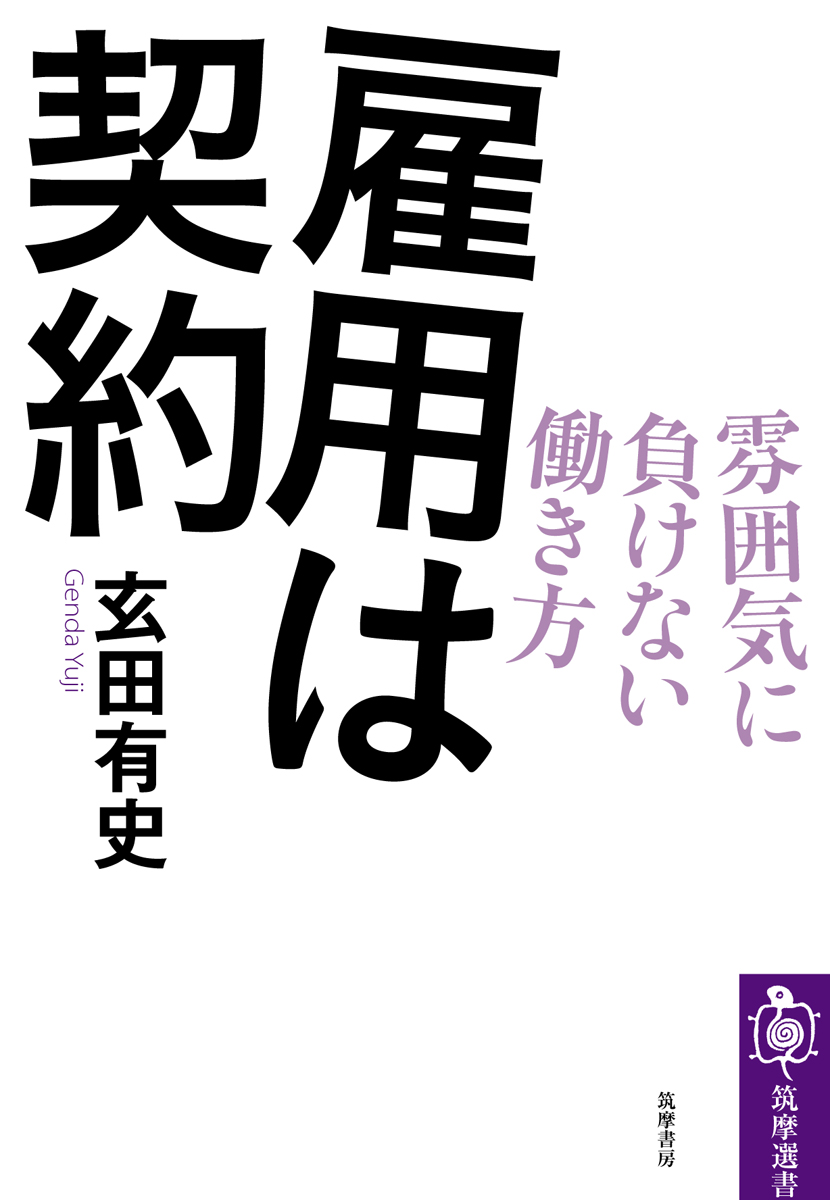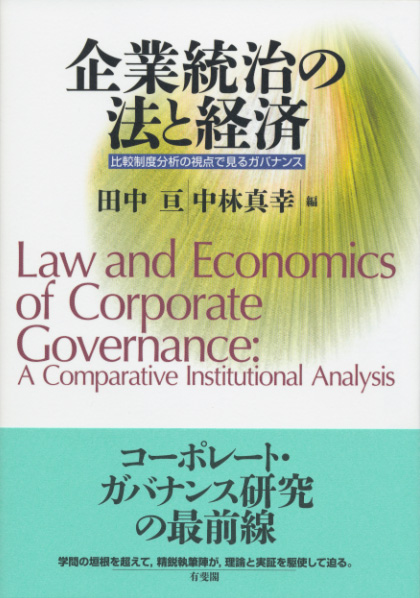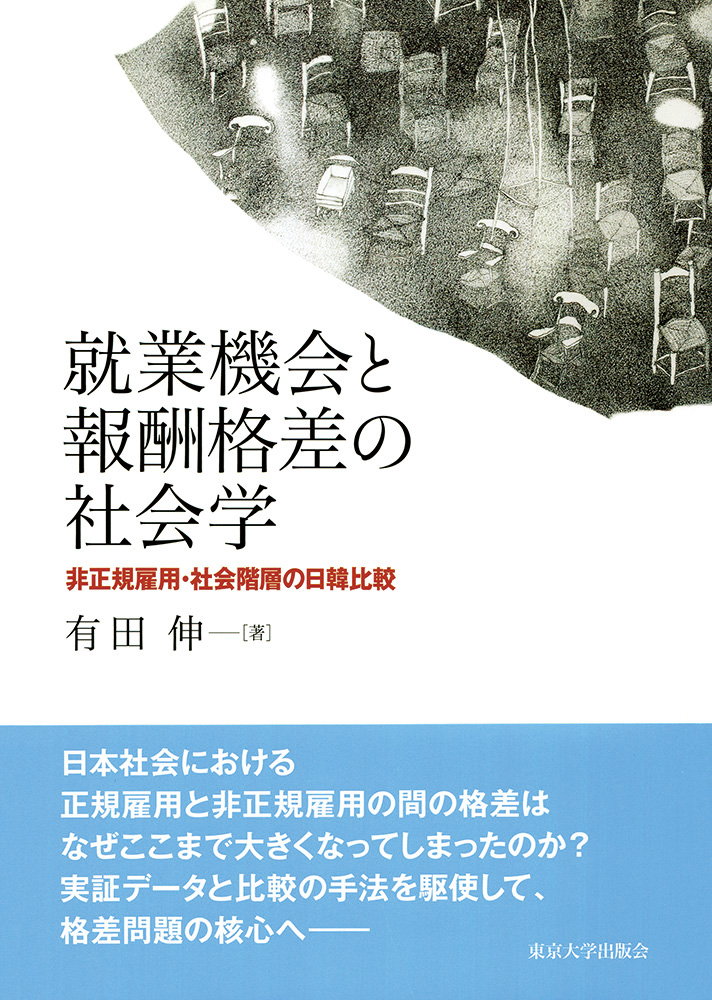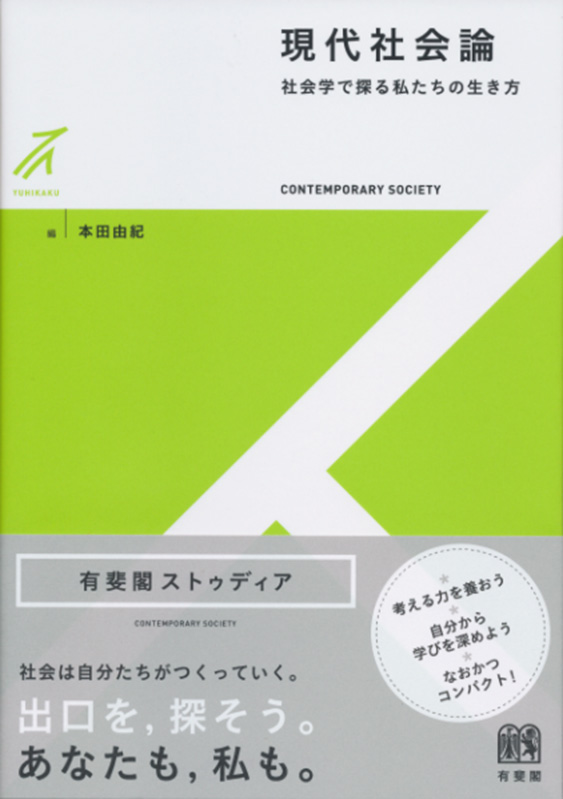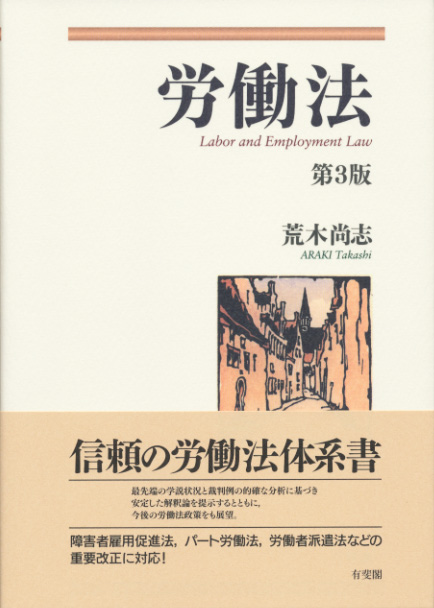
Title
Rōdōhō (Labor Law - 3rd Edition)
Size
868 pages, A5 format, hardcover
Language
Japanese
Released
November 10, 2016
ISBN
978-4-641-14488-0
Published by
Yuhikaku Publishing Co., Ltd.
Book Info
See Book Availability at Library
Japanese Page
This book provides a systematic and general overview of labor law in contemporary Japan, which is undergoing major changes. It takes an orthodox perspective on labor law, distinguishing it into three areas: individual employment relations law, collective labor relations law, and labor market law. However, this book presents a new system for individual employment relations law. In 2007, the Labor Contract Act was enacted as a basic law regulating individual employment relations in conjunction with the Labor Standards Act. Based on that development, this book divides individual labor relations law into labor contract law and labor protection law. The author further divides labor protection law into two categories: laws protecting human rights in employment and laws regulating working conditions. The role of modern labor law does not stop at the original function of protecting workers in their relationships with employers. In the context of corporate governance, labor law should play an important role in adjusting interests among shareholders, employees, and other stakeholders. Furthermore, among increasingly diverse workers (men and women, standard and non-standard, young and old, etc.), labor law is expected to strike a better balance in regard to their conflicting interests. This book is an attempt to systematically summarize contemporary Japanese labor law, which has taken on these comprehensive and complex tasks.
One of the features of this treatise is that it applies a comparative perspective when clarifying the characteristics of labor law and labor policies in Japan. In that sense, it acts as both an orthodox textbook of Japanese labor law as well as a treatise of comparative legal studies. For example, Japanese law prohibits abusive dismissals and ensures employment security. At the same time, to compensate for the rigidity caused by such restriction on dismissals, Japanese law allows flexible adjustment of working conditions through employers’ modification of work rules on the condition that such modification is deemed “reasonable.” The author names the Japanese way of striking a balance between flexibility and security “internal market-based flexicurity,” making a sharp contrast to the “external market-based flexicurity” found in some European countries. As for equality in employment, it notes that Japanese law has taken a policy-oriented approach, utilizing various policy measures, whereas the U.S. and Europe take an anti-discrimination approach. It also explains the uniqueness of Japanese law exemplified in regulations of non-standard employment and rules on employment succession in the event of corporate reorganization, both of which show that Japanese labor law takes the middle course between protection-oriented European law and market-oriented U.S. law, carefully considering their merits and demerits. In addition, by comparing with the European industrial system with sector-level labor unions and the U.S. exclusive representation system, this book attempts to clarify the features of collective labor relations in Japan with enterprise-based unions.
The final chapter, “Changes in the Employment System and Challenges Labor and Employment Policy Faces,” discusses challenges current Japanese labor law faces and the future direction it should pursue. The discussion in this chapter reflects not only the author’s perspective as a law professor but also his experience as a member of the Labor Relations Commission, adjusting and adjudicating collective labor disputes, as well as a member of the government’s Labor Policy Council. This is another feature of the book.
(Written by Takashi Araki, Professor, Graduate School of Humanities and Sociology / 2017)



 Find a book
Find a book


 eBook
eBook